How to Properly Care for Perennials
Caring For Perennials: A Quick Summary
Ensure regular feeding and watering throughout their growing season and the removal of dead flowers is important to encourage more blooming. In the fall it is best to prune back and apply a layer of mulch to perennials for extra protection against colder temperatures.
We ran multiple experiments in the garden and our experts have grown countless perennials over time, so in this article, we will show you how you can care for your Perennials like an expert.


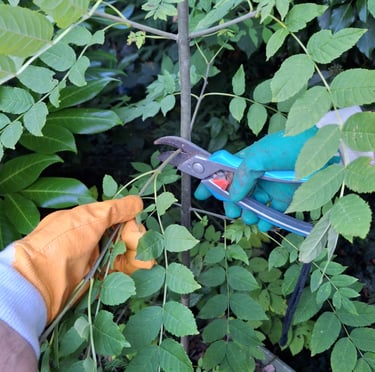





Perennial Needs
Perennials come back each year, growing from the same root system. Some general care tips apply to most:
Sunlight: While some thrive in full sun, others prefer partial or full shade. We have grown multiple perennials with different needs and experienced that it is a huge difference that shouldn't be underestimated.
Watering: Regular watering is crucial, especially during dry spells. However, avoid overwatering as it can lead to root rot.
Soil and Fertilization
Soil Quality: It is best to plant perennials in well-drained soil like rich garden soil.
Fertilizing: When it comes to fertilizing plants correctly, it is best to apply a balanced, slow-release fertilizer in the perennial soil in spring to provide essential nutrients throughout the growing season. You can also use composting methods, which are highly beneficial for enriching the soil and fertilizing for the long term, but there are a lot of pros and cons of composting.
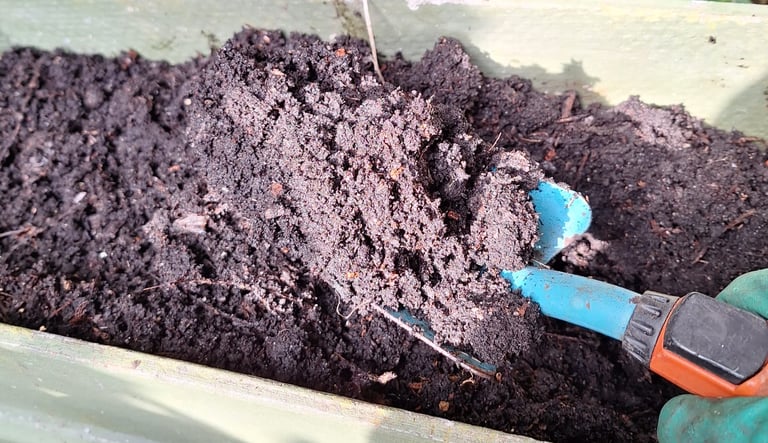

Pruning and Deadheading
Pruning: Pruning perennials in late winter or early spring can encourage healthy growth and flowering.
Deadheading: Removing spent blooms not only keeps your plants looking tidy but can also stimulate further flowering.
Mulching and Weed Control
Mulching: A layer of mulch around your plants helps retain moisture, regulate soil temperature, and suppress weeds after planting perennial plants.
Weed Management: Keeping the area around your plants weed-free with natural weed-killing methods ensures they don't compete for nutrients and water.
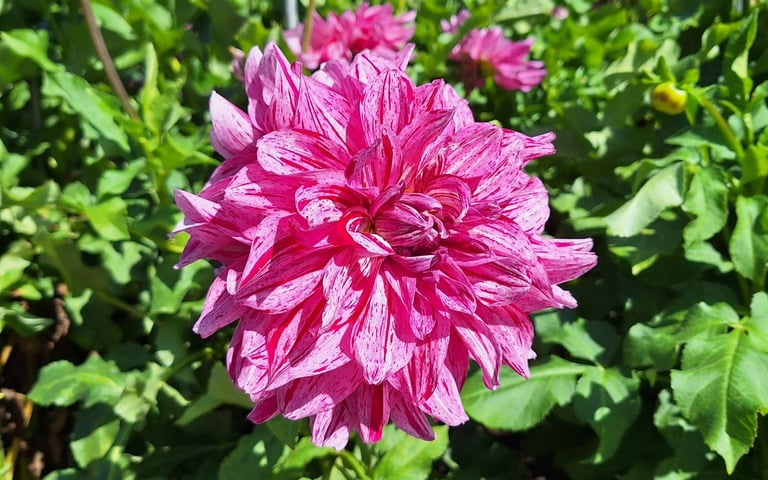





Managing Pests and Diseases
We found that during maintenance and care for garden plants and perennials, there is a risk that your plants will get infested.
So regularly inspect your perennials for signs of pests or diseases like the fruit file pest or black spot disease. Early detection and treatment can prevent more significant problems similar to caring for flowers or any other plant.
Winter Care
Protection: In colder climates, some perennials benefit from additional protection, like mulch or burlap, but flowers also benefit from perennial deadheading before the winter months arrive, the winter or summer season isn't the best planting time for perennials.
Watering: We saw that plant watering should be minimized during this time because plants don't need much water in the dormant period.
Division for Health and Spread
Dividing Perennials: Every few years, consider dividing your perennials. This process rejuvenates crowded plants and is an excellent way to propagate and spread your favorites.
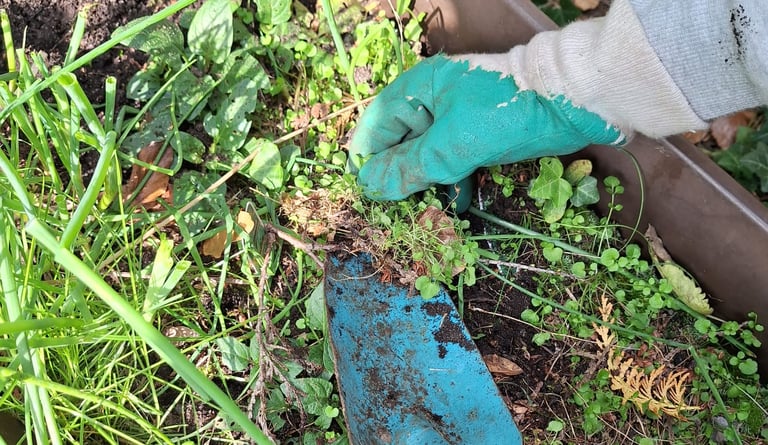

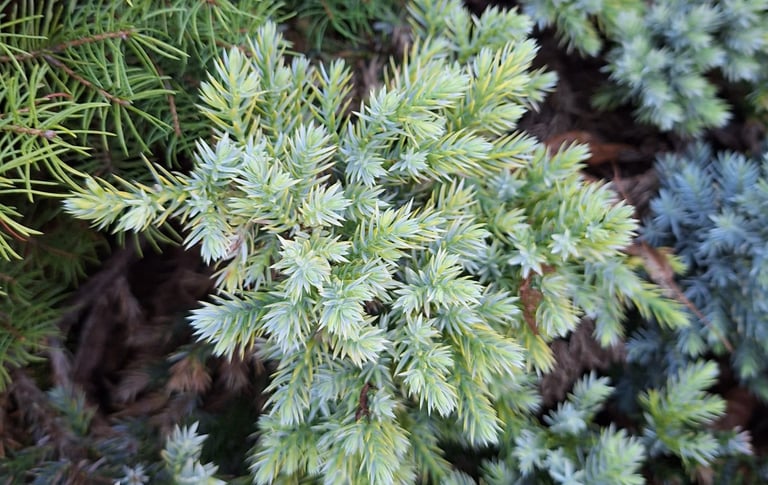

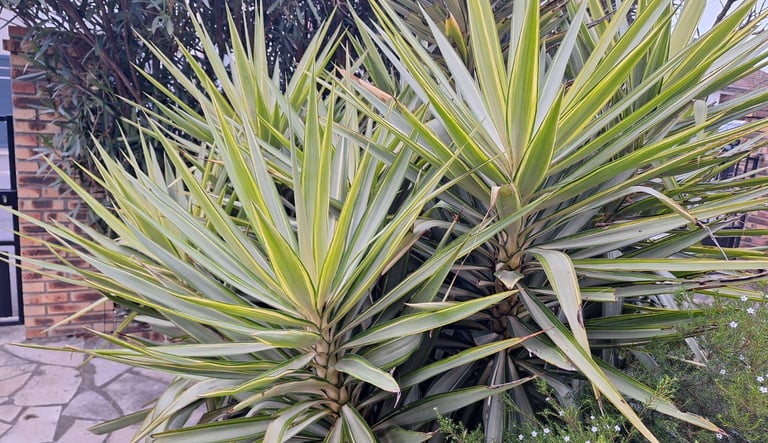




Conclusion
Caring for perennials is about understanding their specific needs. With these tips directly fro our experts, you can ensure that your perennial plants remain healthy and thrive in your garden.
Regular attention and care will reward you with flowers and foliage, if you correctly care for perennials for zone 6, 10 or 3, year after year.
Sources
Nature and Sustainability uses only high-quality sources, including peer-reviewed studies to support the facts we describe in our articles. Please read our editorial policy to learn more about how we keep our content accurate, reliable, and trustworthy.
Perennial General information: Perennials | University of Maryland Extension (umd.edu), Perennials | Home and Garden Education Center (uconn.edu)
Growing perennial flowers: HO-061.PM (purdue.edu)
Growing perennials from seeds: Growing Your Own Perennials From Seed (uvm.edu)
Fertilizing perennials: Fertilizing established perennial gardens – feed ‘em and weep - MSU Extension, Care of Annuals and Perennials | University of Maryland Extension (umd.edu)
Perennial pests and diseases: Ch.8.indd (cornell.edu)
Pruning perennials: Perennials: cutting back / RHS Gardening
Share this article:




Article By:
Calin is a gardening expert who knows a lot about plants, nature, and gardening. He owns this website and is responsible for most of the content.
Reviewed By:


Florin, a more technical guy, is responsible for designing, reviewing updating the articles but also optimizing for SEO so that everything we publish is deam good.


